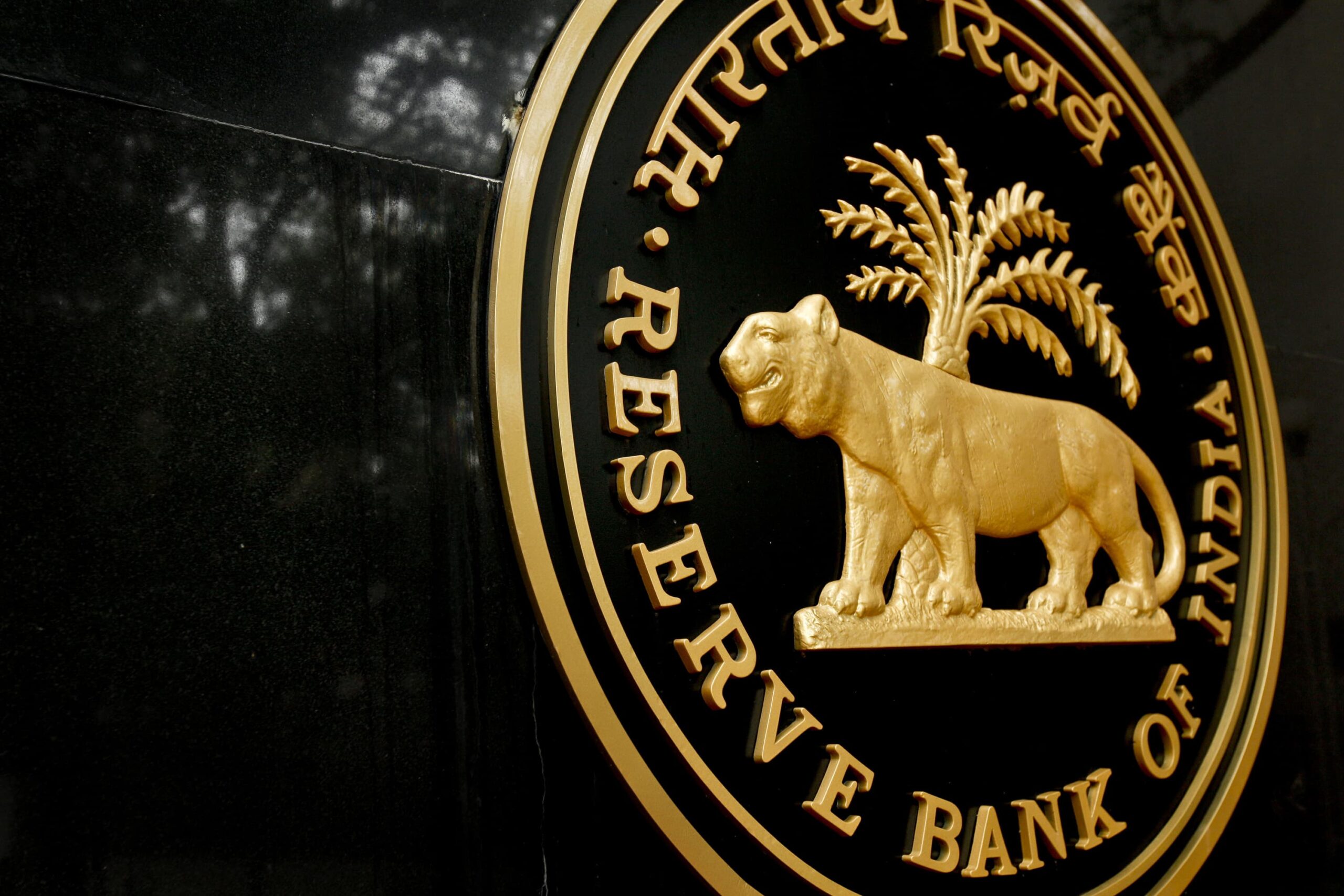Blog Credit: Trupti Thakur
Image Courtesy: Google
Report Of Trend And Progress In India
India’s banking sector demonstrated continued positive momentum in recent quarters, with falling bad loans, profitable growth and adequate capital buffers.
Declining Bad Loan Ratio
The non-performing asset (NPA) ratio of scheduled commercial banks dropped to a 10-year low of 3.2% by September 2022. This figure was 3.9% in March.
NPA reductions stemmed nearly equally from recoveries and upgrades versus write-offs. Lower NPAs indicate improving bank health.
Robust Balance Sheet Growth
Combined scheduled bank balance sheets expanded 12.2% in 2022-23 – the fastest in 9 years. Topping $2.2 trillion, growth was powered by double-digit credit expansion amid high demand.
Urban cooperative banks’ balance sheets also rose 2.3%, led by lending. Non-banking financial companies likewise saw 15% asset growth.
Bolstered Resilience Metrics
Alongside asset expansion, banks augmented buffers:
- Capital Adequacy Ratio reached 16.8%, exceeding minimum capital norms
- Provision Coverage Ratio increased on lower credit costs
- Return on Assets rose to 0.8% on higher margins and income
RBI: Banks Well-Positioned, Must Guard Against Risks
The Reserve Bank of India stated banks are now well-placed with strengthened finances. But it advised maintaining vigilance around cyber threats, unsecured retail loans and over-reliance of shadow banks on bank funding.
Prudent risk management and governance practices will underpin resilient, inclusive growth.
Indian banks continued to show improvement in their asset quality, with the gross non-performing asset (GNPA) ratio reaching a new decadal low as of September-end, according to a report by the Reserve Bank of India (RBI). The trend of improving asset quality, as measured by GNPA ratios, has been ongoing since 2018-19 and has continued into 2022-23. The GNPA ratio for Scheduled Commercial Banks (SCBs) dropped to 3.9% at the end of March 2023 and further decreased to 3.2% at the end of September 2023.
The RBI’s ‘Trend and Progress of Banking’ report highlighted that recoveries and upgradations accounted for around 45% of the reduction in GNPAs of SCBs during 2022-23. The agricultural sector had the highest GNPA ratio, while retail loans had the lowest, the report stated.
The RBI further stated that both the banking system and non-banking financial companies (NBFCs) remained resilient, supported by high capital ratios, improved asset quality, and strong earnings growth. This resilience is contributing to double-digit credit growth and domestic economic activity.
However, the central bank emphasized the need for strengthening governance and risk management practices and building additional buffers to sustain this improvement. The slippage ratio, which measures new accretions to NPAs as a percentage of standard advances at the beginning of the year, moderated during 2022-23 and continued to do so in the first half of 2023-24.
The report also highlighted that commercial banks’ consolidated balance sheet grew by 12.2% in 2022-23, the highest in nine years, driven by robust credit growth. During the same period, the total amount of frauds reported by banks reached a six-year low, with the average amount involved in frauds being the lowest in a decade.
NBFCs also experienced significant balance sheet growth in 2022-23, supported by double-digit credit growth. Despite the overall positive outlook, the RBI warned of certain concerns. It emphasized the importance of closely monitoring the high level of interconnectedness between banks and non-banks, given the strategic importance of NBFCs in the financial system.
Banks should evaluate their exposure to NBFCs, while NBFCs should focus on diversifying their funding sources and reducing reliance on bank funding.
“Although banks are well-capitalised, they need to constantly evaluate their exposure to NBFCs as well as the exposure of individual NBFCs to multiple banks,” it added. NBFCs on their part should focus on broad-basing their funding sources and reduce over-dependence on bank funding.
“Overall, banks and NBFCs need to further strengthen their balance sheets through robust governance and risk management practices to meet the growing aspirations of the Indian economy.”
Other highlights of RBI report
The consolidated balance sheet of scheduled commercial banks (SCBs) in 2022-23 witnessed a growth of 12.2 percent. This expansion was primarily fueled by credit provided to the retail and services sectors. Although deposit growth also showed an improvement, it fell behind the pace of credit growth.
At the end of September 2023, the capital to risk weighted assets ratio (CRAR) of SCBs stood at 16.8 percent.
In 2022-23, higher net interest income and lower provisioning played a significant role in boosting the net interest margin (NIM) and profitability of banks.
Urban co-operative banks (UCBs) also witnessed growth in their combined balance sheet, expanding by 2.3 percent in 2022-23. This growth was primarily driven by loans and advances. UCBs also experienced improvements in their capital buffers and profitability throughout 2022-23 and the first quarter of 2023-24.
The consolidated balance sheet of non-banking financial companies (NBFCs) expanded by 14.8 percent in 2022-23, mainly due to double-digit credit growth. The sector also saw improvements in profitability and asset quality during this period and the first half of 2023-24. It is noteworthy that the sector remained well-capitalized, with the CRAR exceeding the regulatory requirement.
Blog By: Trupti Thakur

28
DecReport Of Trend And Progress In India
Dec 28, 2023Recent Blog
The V2G TechnologyApr 21, 2025
Country’s Specific Domain By GoogleApr 19, 2025
The ITES-QApr 17, 2025
The UPI Circle Of PhonePeApr 16, 2025
Dangerous AI In HealthcareApr 15, 2025




